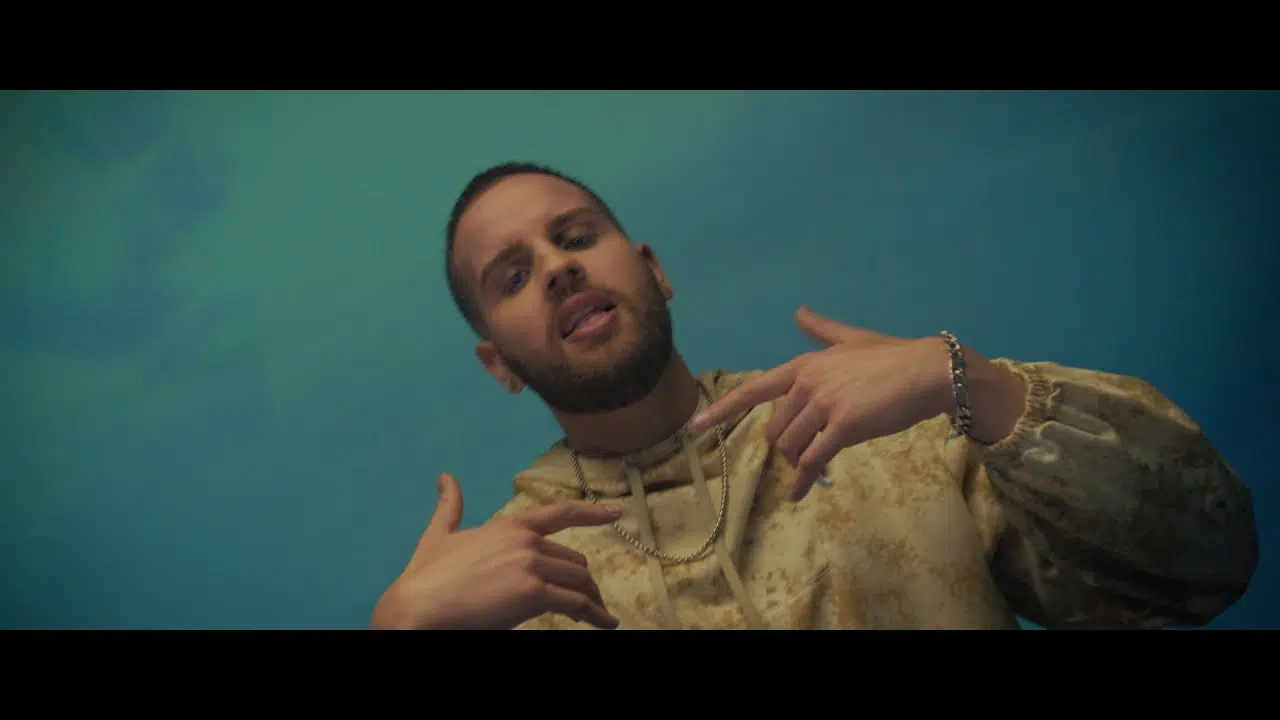The U.S. Army recently faced significant backlash following a failed $11 million promotional deal with Dwayne “The Rock” Johnson and the United Football League (UFL). The campaign was meant to attract more recruits; however, it did exactly the opposite. Instead of garnering new recruits, the campaign lost 38 people from its de-listing process.
The promotional agreement the Army had with Johnson and the UFL was a reach into modern times and trying to connect with the youth. As part of the campaign, Johnson would agree to post five advertisements of the Army on his Instagram account. This agreement’s value was $5 million because each post cost $1 million. Only two posts were made. The UFL also was supposed to be an Army promoters during games with logos on player uniforms and the field, or hosting various community events to encourage enlistment.
The Army’s own analysis concluded that, despite all the hype, this partnership had hurt recruitment. The campaign was initially expected to win between 160 and 891 additional new recruits; instead, there has been a net loss of 38 potential soldiers.
One of the critical misses was that this campaign didn’t really resonate with the target audience. Young people, more specifically, young viewers of Johnson’s and UFL content, were less responsive to Army messaging. As one recruiting consultant, Sarah Thompson, replied after having seen the effort,
“The campaign didn’t make that innovative step from entertainment into serious commitment. The messages were just too superficial and haven’t touched on deeper motivation for a potential recruit.”
Even the execution of the campaign was not biting. Johnson’s irregular posts were superficial, without much life to them. As one independent marketing analyst, James Reed, had observed,
“One of the things about posting on social media is that it’s not just visibility; it’s about making connections. The Rock’s posts did read like ads, not passion projects, and probably served to turn people away rather than draw them in.”
The effort of the UFL was just as futile. During the games, clear and correct displays of the Army’s logos on uniforms and fields hardly went through, and expected community events were not only sparsely attended but also worthless in effect.
The Army’s internal documents contain both optimism and naivety in its decision-making process. Colonel Laura Mitchell, who helped plan the campaign, told of this experience and openly admitted:
“We were excited by the potential reach, but underestimated the need for a more integrated and engaging approach.”
An internal review has emerged that points to many miscalculations at the center of the effort, including leaning too heavily on celebrity influence and failure to provide an adequate breakdown of what exactly interests and motivates the target demographic.
It’s not just about the numbers, it’s about people. John Miller, 22, who was considering enlistment, had this to say:
“I was initially inspired by the idea of serving. The campaign felt out of touch, though—it made me wonder if the Army really knows its future soldiers.”
The Army is trying to recover $6 million from the UFL in case the league collapses, which reportedly moves along with legal and financial complications. According to a legal analyst, Maria Sanchez,
“The Army has a lot to prove in terms of the breach of contract by the UFL. The vagueness of the clauses on promotional activities makes it very hard to pinpoint accountability.”
The financial loss and public scrutiny have repercussively affected military morale. additionally, eight-year army veteran Sergeant David Lee added,
“It is frustrating to see so many resources being wasted. We need to think of a better way to draw in better recruits who are serious about serving.”
The Army takes a fresh look at its recruitment strategy and adopts more focused and authentic engagement methods. Lessons learned from this failed campaign are woven into new initiatives where such initiatives not only sound like but genuinely connect with potential recruits, thereby reaching more in numbers. The $11 million deal with The Rock and the UFL is a case study in understanding, actually connecting with your audience. As the US Army does damage control, it’s quite obvious that time to come efforts are going to need more thoughtfulness, strategy, and alignment with values and aspirations for possible recruits.


